Cluster Headache
What is it?
Not to be confused with 'a cluster of headaches', Cluster Headaches are distinguished by their stabbing, knife-like pain that is excruciating and more severe than the pain of a Migraine.
This debilitating condition is also known as a 'suicide headache' due to around 55% of sufferers having considered suicide.
What Does a Cluster Headache Look Like?
As its name implies, Cluster Headaches occur in clusters or groups. During these attacks, the pain will typically last anywhere from 15 minutes to 3 hours and can occur several times in a 24 hour period.
This pattern can continue every day for several weeks or sometimes months. These attacks typically occur one or two times a year at the same time of year. In extreme cases the pain is ongoing.
Cluster Headache is more common in men, affecting around 1 in every 1000. A Cluster Headache diagnosis is based solely on its symptoms. It is because of this that misdiagnosis frequently occurs as other Headaches and Migraines can have similar presentations.
The symptoms of a Cluster Headache are often one-sided and include stabbing pain, typically around the eye, running or blocked nose, watering or bloodshot eye and pain or stiffness in the neck.
What Causes a Cluster Headache?
As with Headache and Migraine, research shows that Cluster Headache sufferers have a sensitised brainstem. The brainstem is located at the base of the brain and descends into the bones at the top of the neck.
The brainstem can become sensitised when a dysfunction is present in the upper cervical spine (top of the neck). Neck pain or stiffness is commonly present during a Cluster Headache which increases the likelihood that the neck is playing a role in the sensitisation of the brainstem.
Current treatment protocols include the inhalation of pure oxygen, medication or invasive surgical interventions. Cluster Headaches have been shown to respond well to 'triptan' medications, which are commonly used in Migraine treatment and act by 'desensitising' the brainstem.
Given that cervical spine stiffness and pain is a common symptom in Cluster Headache, it would make sense to seek a skilled examination of the upper cervical spine to eliminate or confirm the role of the neck.
Get Help With Your Cluster Headache
At The Headache Clinic, our consultants work exclusively in the field of Headache and Migraine and are trained to identify subtle disorders in the upper cervical spine. We use a groundbreaking technique to treat these disorders and work to make a long-term improvement to the quality of life of our patients.

